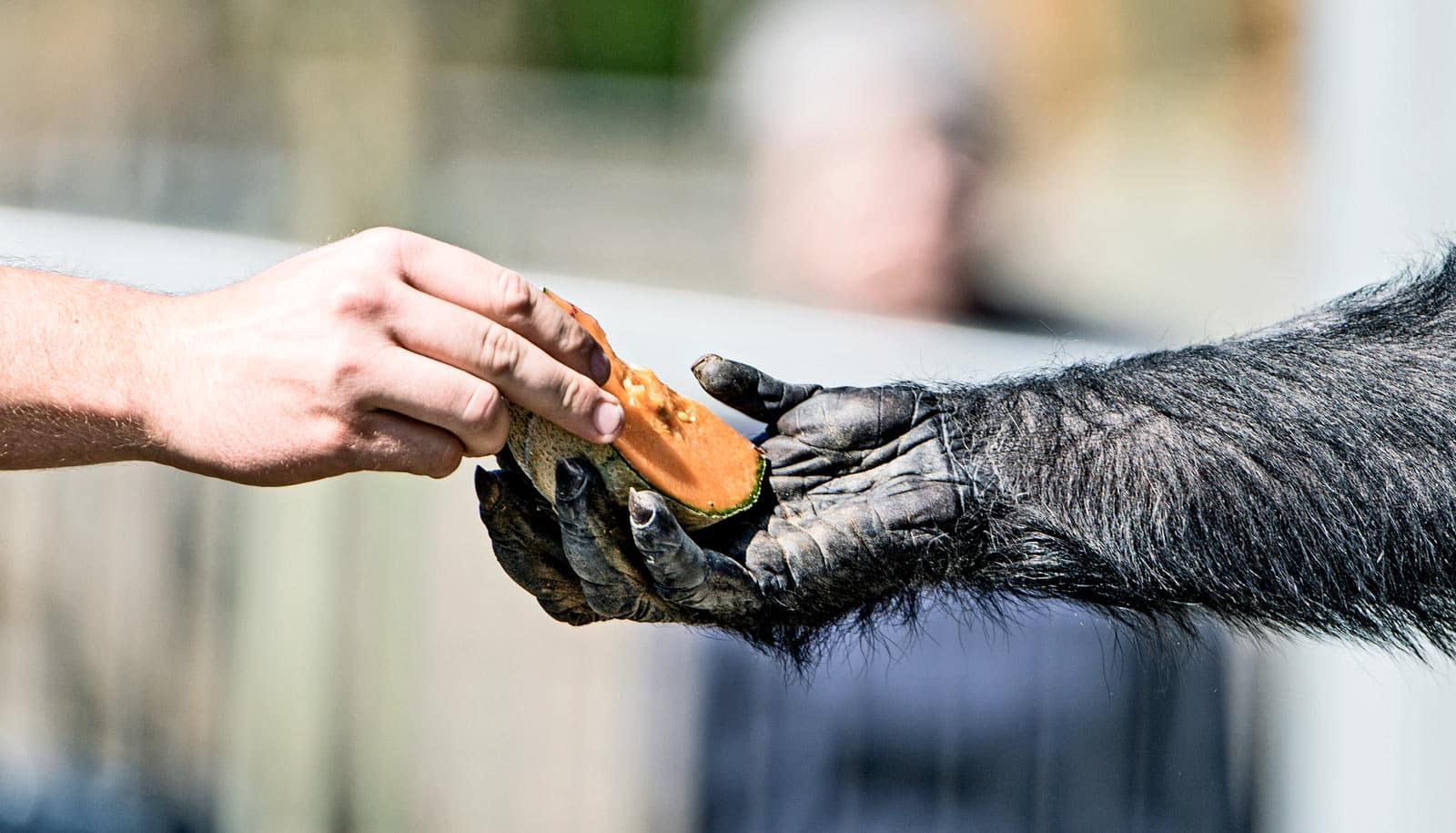A new tool promises to advance understanding of the importance of sugars in the human body.
Most people understand sugar as something sweet that we eat, but complex structures of sugars actually decorate the surface of every cell in the human body. Scientists often find new ways in which sugars affect the communication of the cells with proteins, viruses, and other cells, and so what makes us sick or healthy.
“We have produced a large panel of human cells that covers all the sugars we have in the body. We and other researchers can now use our tool as a kind of atlas which will be a good indication of to what the sugars mean to our cells, and thus to disease and health,” says Yoshiki Narimatsu, assistant professor at the Copenhagen Center for Glycomics at the University of Copenhagen.
Normally, scientists will produce sugars chemically and research them individually. The new atlas, however, consists of genetically engineered human cells. This makes the research more environmentally friendly, because the cells are a sustainable resource, and researchers don’t need the same amount of chemical substances. In addition, it makes sense from a research standpoint to study combinations of sugars in their natural environment.
“About 80 percent of viral and bacterial infections bind to the sugars on the outside of our cells.”
“If you imagine that the sugars on the surface of the cell are flowers in a meadow, then the old-fashioned method is a bit like picking a flower and studying it in the laboratory. Our new atlas with human cells is like studying the flowers in the meadow in the environment where they grow and develop. Simply said, it will give us stronger research results,” says Hiren Joshi, assistant professor at the Copenhagen Center for Glycomics.
The scientists have created the atlas with gene editing, using the CRISPR technology. They remove and add those genes in the cell that are responsible for the production of sugars, thus enabling them to control the process meticulously.
The tool may be used already now, and the researchers generally feel very confident that it will be used to show new correlations with diseases in the human body. But they are particularly hopeful when it comes to future research into viral infections.
“About 80 percent of viral and bacterial infections bind to the sugars on the outside of our cells. Therefore, we are quite confident that our tool may be used to understand viral infections much better than today. Probably, we will also be able to use it to develop innovative treatments that target the sugars. That is certainly the hope,” says Henrik Clausen, head of the research team and professor at the Copenhagen Center for Glycomics.
The research appears in Molecular Cell. Support for the study came from the Lundbeck Foundation.
Source: University of Copenhagen



